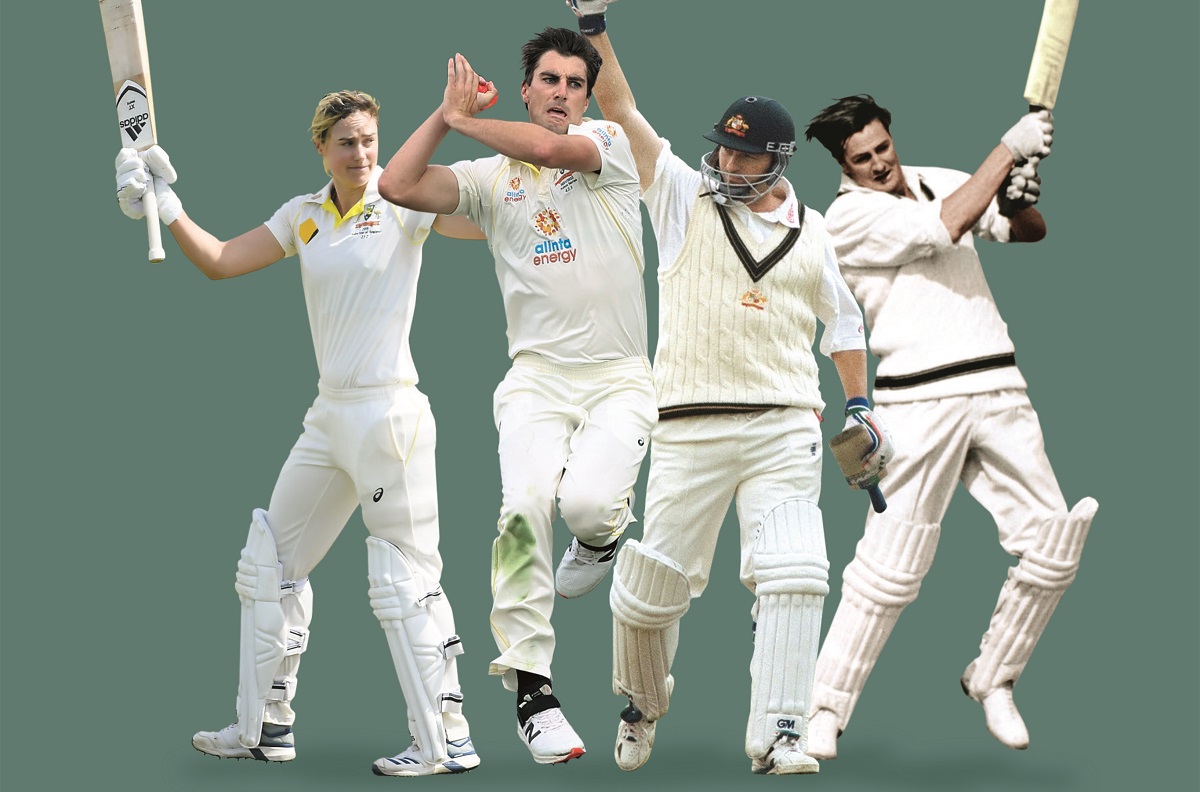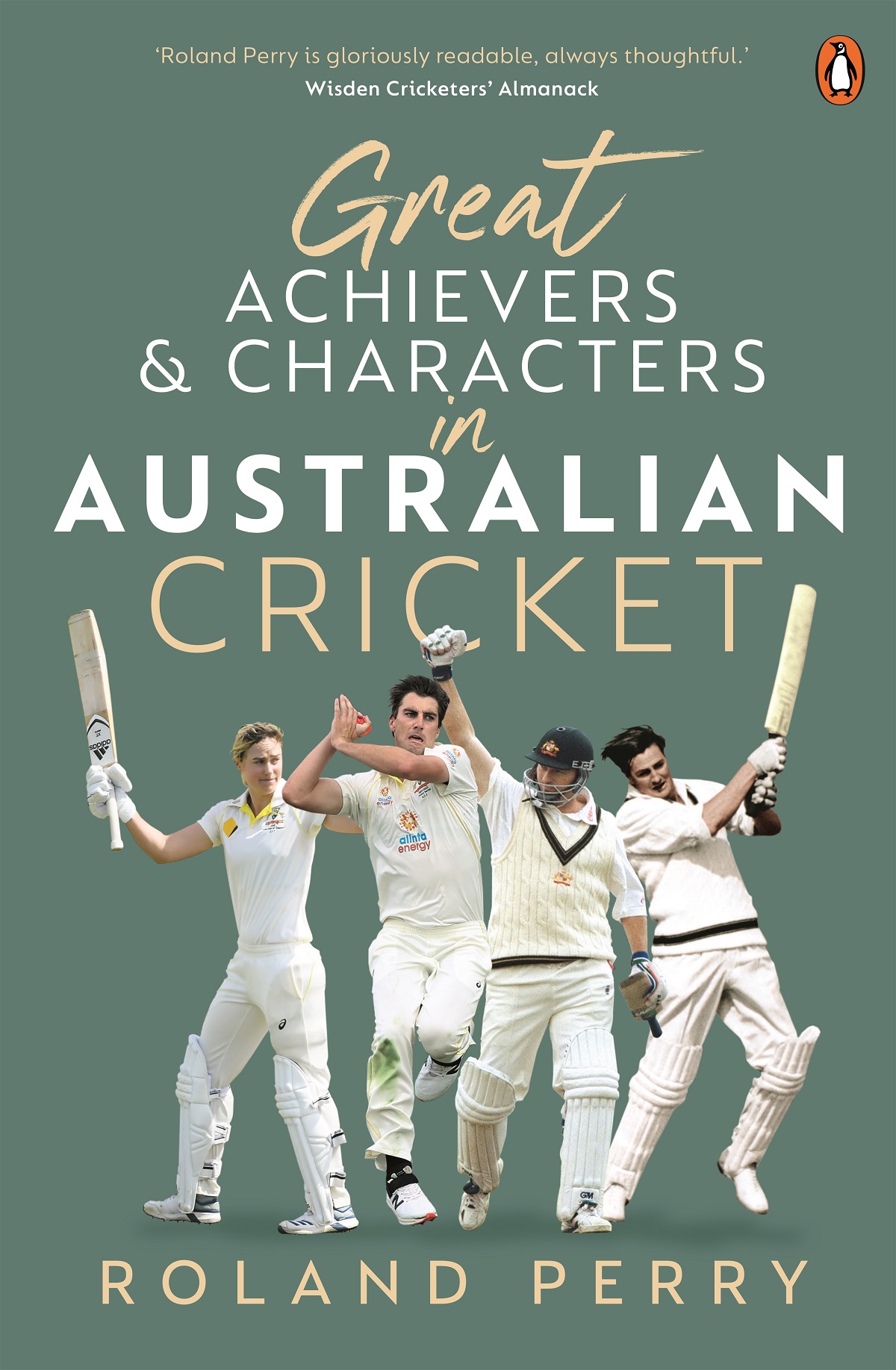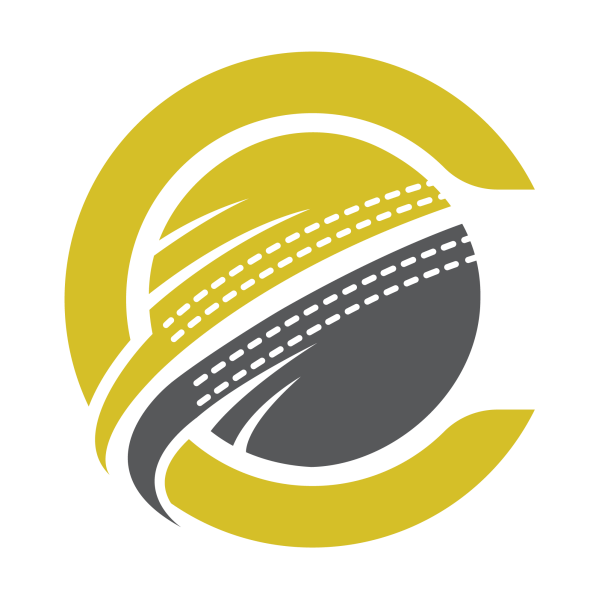The Inspiration for Scott Boland - Great Achievers and Characters in Australian Cricket
CricConnect Stories | November 17, 2023

Bestselling cricket author and historian Roland Perry shines a light on the game’s biggest players and dramas through the ages in Great Australian Cricket Achievers and Characters.
The Inspiration for Scott Boland
Exactly 150 years after Charles Lawrence and his Aboriginal team toured England, Scott Boland, who had been plying his bowling for a few years with Victoria, discovered his family link to the Gulidjan tribe near Colac in Victoria’s Western District. His maternal grandfather was Aboriginal and had been adopted into a white family.
Boland and his brother Nick made their way to the tiny town of Harrow, from where they were driven fifteen minutes away to a bush water-hole area where the star of that 1868 tour, Johnny Mullagh, had spent much time in his final days. A large, hollowed-out tree is where he is said to have sought shade on his visits there. Mullagh’s reputation among locals, and those who know his story, places him at the top of legendary Indigenous Australian sportspeople. The trip meant much to the Boland brothers, whose pride in their recently discovered heritage and culture was growing.
Their host that day, Peter Cooley, a long-time Indigenous organiser of Aboriginal cricket programs, described the water-hole to the Bolands as ‘Mullagh’s lounge-room’. It gave them a connection to their past that would provide a framework for what followed: a tour of England in 2018 that would replicate what Charles Lawrence, Mullagh and the squad of cricketers had done.
After the visit, a small ceremony was carried out at Mullagh’s grave.
‘We put some special thoughts into a local wattle tree,’ Cooley told Nine papers, ‘and left that with him on the grave.’ In doing so, they replicated the actions of tour captain Lawrence after Mullagh’s funeral.
*
The modern tourists – both male and female teams – were to have an enjoyable time on their trip. There were just five or six games to play, not the gruelling, back-to-back forty-seven games in five months of 1868. The 2018 squads were there to perform at cricket only; there would be no boomerang throwing. The Boland brothers on tour each represented a player from the original tour. Scott was given the name ‘Gulligan’, who was Johnny Cuzens (real name ‘Yellanach’). Nick Boland represented Mosquito, who was Johnny’s brother (real name ‘Gronggarrong’). All close observers, including Cooley and Andrew McDonald, who coached Scott Boland at Victoria, saw the sudden growth in his confidence and performances. They both put it down to his discovery of the link to Mullagh and Co from 1868.
Before the 2018 tour, Boland remarked that the experience at Harrow meeting the descendants of the original tour at a dinner was a true ‘wow’ factor. He would carry it with him for the rest of his life.
Straight after the England tour, Boland was instrumental in Victoria winning the Sheffield Shield in the 2018–19 season. He had graduated from serviceable first-class trundler to potential Test player.
His confidence boost gave him focus, and this brought superb wicket-to-wicket accuracy. Boland relied on aiming at the stumps on a good length, upping the chance of gaining a bowled or LBW. But he had surprise skill in nipping one back, or away, that would be thrown in at a batter expecting another one coming at the woodwork.
He now boasted reliable metronomic performances. His worst efforts were never bad and were close to his best. From match to match he performed well and put every batter on edge. Boland had a consistency and stamina just right for five-day Test cricket, which truly is a test of a player’s mental capacity and stamina. There were shades of Glenn McGrath here.
McDonald and all those who played with Boland found him modest, humble and with a quiet pride. There is no showy flamboyance with him, just a genuine character, a real team player.
The figures back up the transformation caused by the knowledge of 1868 and his own tour in 2018.
Before 2018, Boland had the respectable record of 161 wickets at 28.65 each. He snared a wicket every 60.7 balls.
After the revelation of his background and the tour, he dropped his average to 21.38, at a seriously good strike rate of a wicket every 47.7. In other words, put Boland on for a long spell of eight overs, on average, and he will get you a wicket.
This elevation in performance was about to pay dividends. Quick bowler Jhye Richardson left the Second Test in Adelaide in 2021–22 with a leg injury. Debutant Michael Neser had likewise pulled up sore, while Josh Hazelwood was still missing in action after straining his side in Brisbane. The cricketing gods decreed – or was it the spirit of Johnny Mullagh? – that Boland, at the ripe old age of 32, would be selected for the Boxing Day Test at the hallowed MCG, where Mullagh himself had played in a Boxing Day game in 1868.
*
Boland ran in from the outer end at the MCG with the crowd roaring in support, reminiscent of the backing for Dennis Lillee forty years earlier in the Boxing Day Test when he famously bowled West Indian great Viv Richards in the last over of the day.
This was the first session of the third day in the MCG 2021–22 Ashes Test. Until this moment, Boland was known as a much-liked first-class performer who delivered straight, stump-to-stump balls and was unlikely to be selected at Test level. But now this tall, taciturn and talented player of Indigenous descent had been lifted by certain forces, in front of an adoring hometown crowd, which found voice as he unearthed an unprecedented vein of form for him, and, in fact, any bowler in Ashes history. I was sitting a few feet from Max Gawn, the captain of the victorious Melbourne Football Club that a few months earlier had won the 2021 AFL Premiership. He was no stranger to crowds and match-winning efforts in big games, but even he found the experience watching the Scott Boland show on that sunny morning both captivating and inspirational.
The night before, it was the outstanding bowling of Mitchell Starc that began the mayhem. He dismissed Zac Crawley and Dawid Malan cheaply. Then Boland followed up by having Haseeb Hameed caught behind. He next transformed hapless nightwatchman Leach into an impotent morning viewer by bowling him.
England was 4-31 at stumps on day two and in danger of losing by an innings.
Joe Root and Ben Stokes, two champions, fronted up on day three. They were England’s best hope.
But it didn’t take Starc long to bowl Stokes, leaving the score at 5-46. Over to Boland.
First, he trapped Johnny Bairstow LBW, England 6-60. Then he snared the big one, Root, snaffled by Warner at slip for 28. England 7-61.
By this time the crowd had reached fever pitch, and Boland had four wickets. Next, Mark Wood hit one in the air back to the bowler, and Boland made the catch look simple.
He had five wickets for just five runs. England 8-65. Marnus Labuschagne caught Ollie Robinson two balls later and Boland’s figures were 6-5, the sort of figures you might expect in a backyard kids match, not an Ashes Test. England 9-65. James Anderson and Jos Butler spoiled the Boland run by managing to score two runs off him.
Max Gawn sat watching another ‘blink and you’ll miss it’ stanza in Australian sport. He clapped in appreciation as Cameron Green had Anderson caught and England was dismissed for 68 in an unlikely innings loss.
Boland’s figures were finally 6-7. He took 7-55 for the match. More than fittingly, he won the Johnny Mullagh medal, which had been inaugurated just the year before, for the best player in the MCG’s Boxing Day Test. The medal was handed to him by Belinda Duarte, the first Indigenous member of the MCC Trust. She is a descendant of Dick-a-Dick, a teammate of Mullagh’s in that 1868 tour.
‘Some would even say the old people [read, the 1868 tourists] have had something to do with this,’ Duarte told The Indian Express. ‘We carry our old people everywhere. There were so many indicators today that they were by his [Boland’s] side.’









